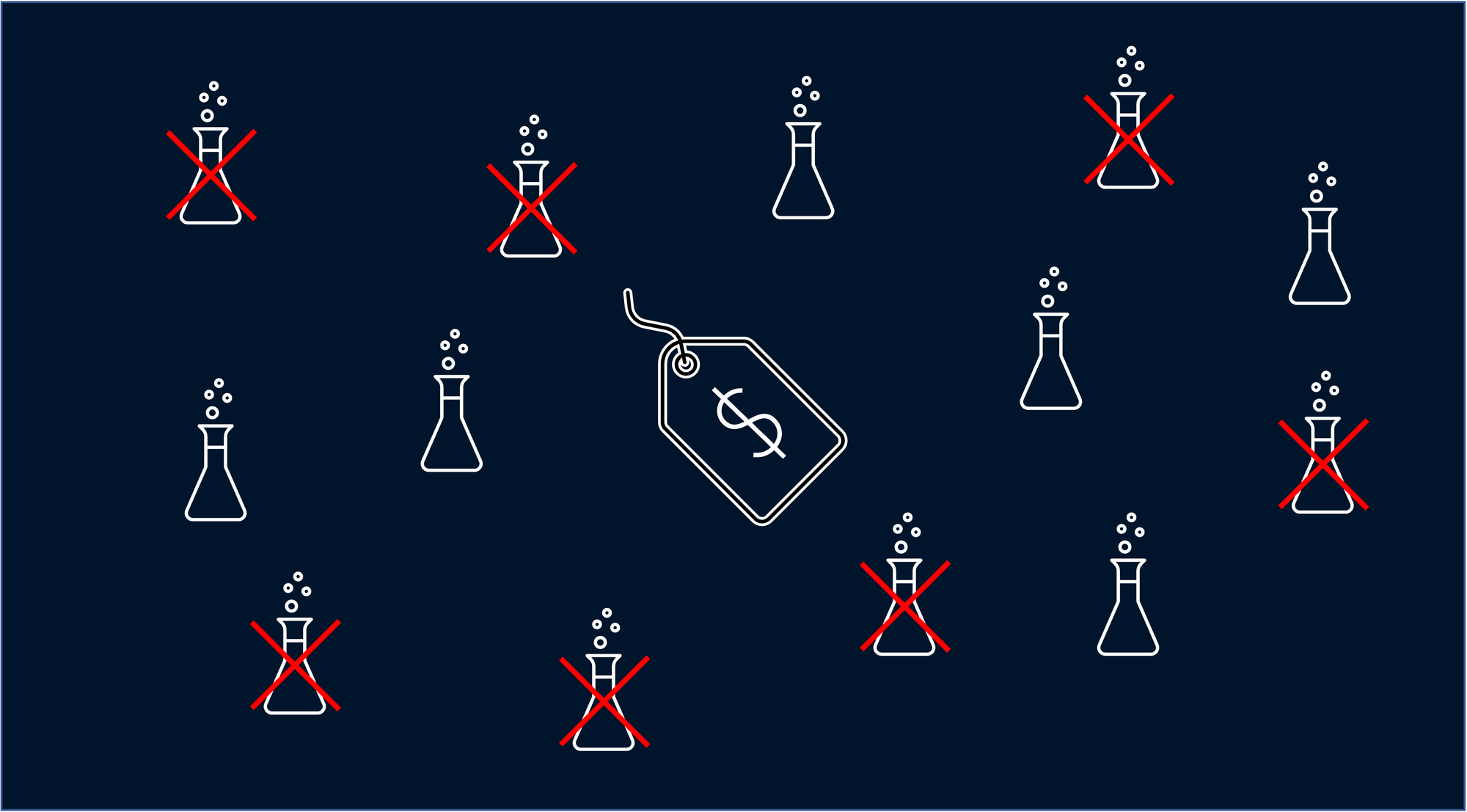Your new product/service innovations will survive only when the price is right. Your target audience must be willing to pay the amount you’ve quoted.
And this is where most businesses struggle—pricing. Even the most ground-breaking innovation might fail to capture the audience if the price is too high or too low.
But wait… what determines the correct for price your product?
Product teams often rely on strategies like cost-based pricing (production cost + desired profit margin) or competitive pricing. These strategies can be risky because an unforeseen market movement can erode your profitability. Additionally, they are not always fit for innovators due to the lack of market information on new products or services. It’s tricky for them to ensure that the price matches their customers’ willingness to pay (WTP) and perception of value.
The ‘Sweet Spot’ in Pricing… And the issue around it.
Seasoned innovators test different pricing strategies to set an ideal price. The goal is to attract customers and make sustainable profits.
We’ve seen several companies lose track when finding this sweet spot. Some come up with their preferred, predetermined price level. But our goal here is to identify a price range that suits your target audience and then test its viability.
The winning price level accounts for market trends, product/service value, and purchase behavior. We’ve learned that in innovation, a value-based and data-driven pricing approach works best. In our business design projects, we cover pricing strategy with a pragmatic 3-step approach.
Our 3-level Pricing Strategy
What confirms that the price is right? Your customers. So why not use real market evidence to price your offerings? This is where our approach lies.
Extracting answers from the market itself, our 3-level testing defines optimal price points with high accuracy.
Evidence Level 1 – Trend Research & Simple WTP Surveys
A good pricing data point is to simply ask. It gives you a base to set your price on.
As part of a discovery survey, we ask the target audience “This is the product/service (say, a new well-being service for elderly citizens). What would you pay for it?”
The replies offer preliminary insight into consumer interest and their WTP levels. It displays the ‘stated behavior’ of your audience, which tells you if you’re thinking at the same price level as your consumer. For example, if you value your service at €500, but your consumer stated their preferred price as €50, you probably need to rethink things. This finding is rather rudimentary and calls for finer research.
Next, a detailed search trend analysis finds the market price levels and shows how you can set yours. This strategy involves running a Google search about your service. Discussion forums, reviews, and similar places help identify a ballpark price range where your product/service will grab appeal. It gives you initial info into the prevailing market sentiment and customer demand, showing how consumers react to the prices of similar services. It also gives you insights into how big the consumer pain is with regard to your innovation.
Do they consider €500 too expensive for your service? What price range are buyers comfortable at?
Evidence Level 2 – Advanced Quantitative Research
An in-depth, quantitative market research delivers multi-level insight into customer sentiments to identify the acceptable price range for your business goals.
Based on this scenario, the simple yet powerful Van Westerndorp Test works wonders. The test, in the form of a specific survey, presents 4 prompts to the target audience, asking them to input price points for each.
Here are the questions asked:
What price would you consider the product or service too cheap to be of good quality?
What price would you consider the the product or service a great buy for the money?
What price would you consider the the product or service to be a bit expensive—so that you’d have to think before the purchase?
What price would you consider the the product or service too expensive to buy?
![[object Object]](https://umsousercontent.com/lib_SgVrTchGksgQdBiV/5to2tmehoshuavn2.png?w=306)


